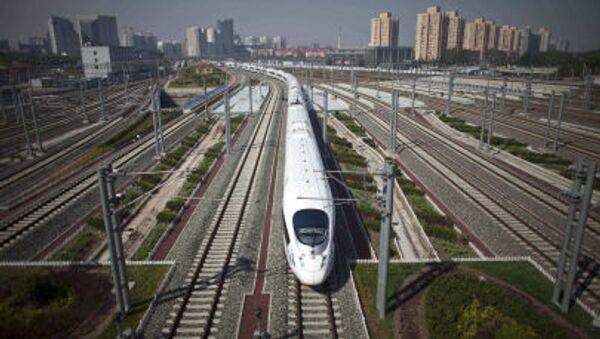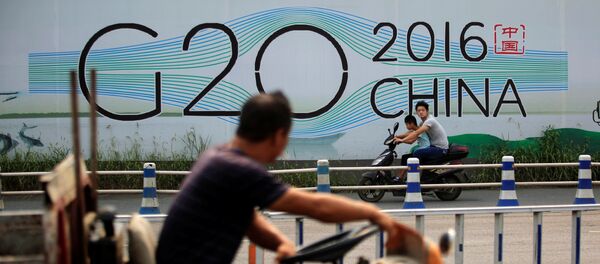According to Zuenko, although trains deliver goods from China to Asia and Europe faster than cargo ships, the cost of railway transportation remains relatively high.
For instance, the academic notes, it costs about $6,000 to deliver a container from China to Europe by train, six times more expensive than to transport the same container via sea lanes.
Zuenko also draws attention to the fact that the cargo flow via land corridors amounts to just 1-2 percent of overall freight traffic.
However, Beijing is increasing its investment in railway transportation, developing new land routes and indemnifies state companies exploiting Eurasian railroads against losses as part of its comprehensive One Road, One Belt initiative.
"If for some reasons Beijing stops subsidizing land logistics, the prospects of its further development would become bleak," the scholar believes.
However, Chinese media outlet Global Times argues that the railway represents a viable option for modern supply chain.
"Due to the supply glut in the global shipping industry, shipping companies have actually slowed down their ships to cut costs, with many ships spending two months at the sea. More time at sea means companies will have to maintain larger inventories, which freezes up more of their assets and shortens the shelf life of their goods," the media outlet explained.
For his part, John D. Schulz of Logistics Management magazine emphasizes that "the new Silk Road promises to shave weeks and perhaps thousands of dollars off each shipment, both ways, from Western Europe to China and Hong Kong. Currently by ocean that 28,000-mile round trip typically takes upwards of 30 days."
What lies at the root of China's One Belt, One Road strategy?
According to Zuenko, there are at least four reasons why Beijing is developing the land logistics in Eurasia.
First, the Chinese leadership is trying to overcome a temporary slowdown in the country's economy by engaging local companies in infrastructure projects; second, Beijing is expanding its sphere of influence in the continent; third, China is interested in developing its poor western peripheries; and, finally, a network of Eurasian railroads may mitigate the potential risk of the US blocking China's sea trade.
Indeed, global intelligence firm Strategic Forecasting, Inc. (Stratfor) noted in its 2015 analytical report that "in the case of a war between the United States and China, many US strategists favor imposing a distant blockade of Chinese waters."
"China's economy is dependent on foreign trade, 90 percent of which travels by sea," the report stressed; "The strategy behind the Belt and Road Initiative is to diversify transit lines, thereby mitigating China's vulnerability to external economic disruption."
In his interview with Sputnik, Mathew Maavak, geostrategic analyst and doctoral candidate in Security Foresight at Universiti Teknologi Malaysia (UTM), underscored that China's land routes, running through Russia, Mongolia and the countries of the Eurasian Economic Union (EEU) will ensure trade security and cultural exchange between the countries along the "silk roads."
"To ensure geo-economic autarky, the RIC nations [Russia, India, China] should prioritize trade routes within their borders — to the extent possible. The safest trade routes in the near-future would look something like the China-Mongolia-Russia Economic Corridor," Maavak told Sputnik.







